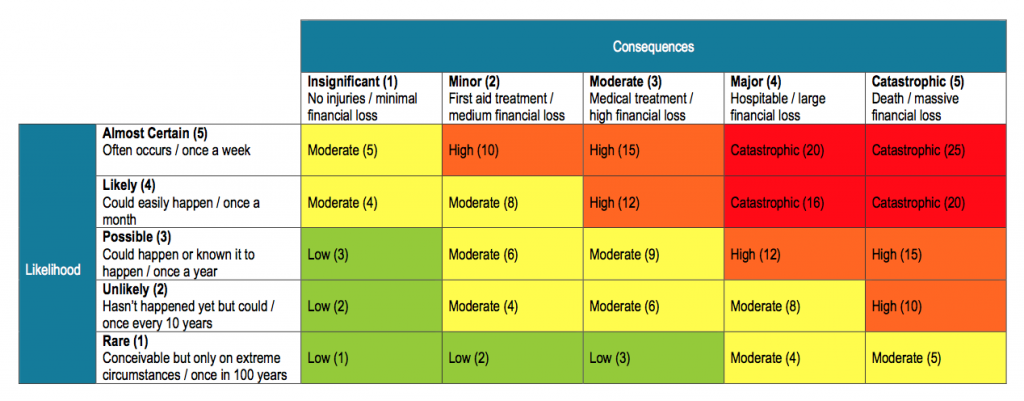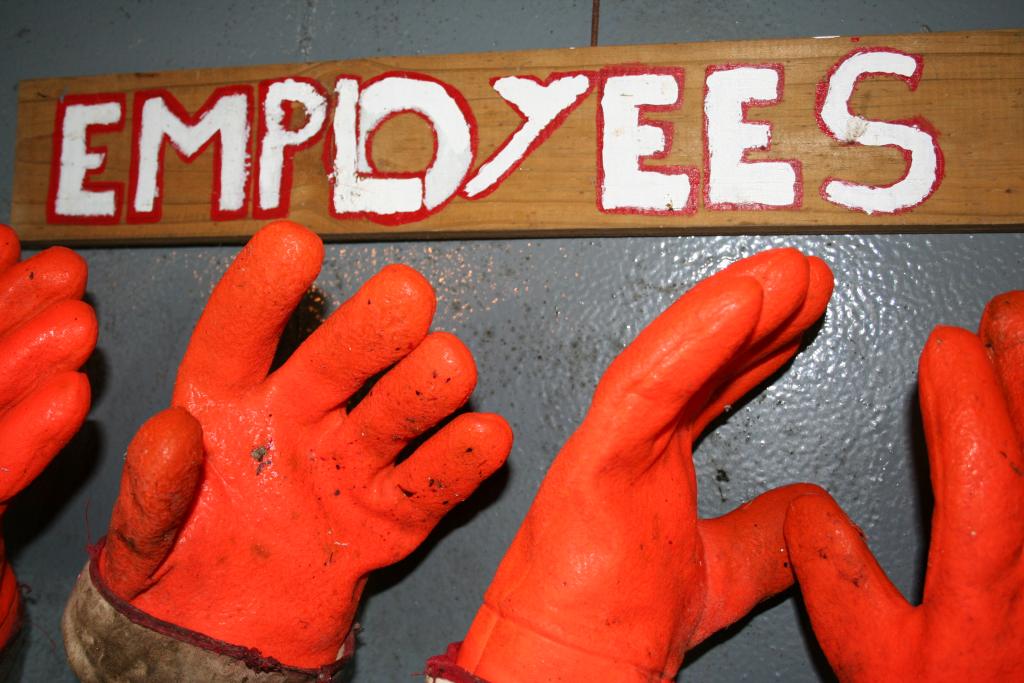Guidelines For Risk Assessment Software
Safety compliance software, health and safety software or risk assessment software? What’s the difference? Well these are but just a few names for what is essentially the same thing: software that makes the risk assessment process both more efficient and more compliant with OHS laws.
But not every aspect of risk assessment software development is up to the risk assessment standards enshrined in OHS legislation Australia. Therefore choosing the most appropriate software is a decision that will have long-term effects on your construction business. Making the right decision is vital so here are a few guidelines for risk assessment software that can help you make an informed choice.
Compliance is key
OHS laws and regulations are strictly enforced across all Australian jurisdictions so the software you choose must conform to the relevant standards. Remaining compliant with regulatory obligations means that your business will not only avoid costly penalties, but also that your workforce will maintain a healthy safety culture
For more information on the codes of practices outlined by Safe work Australia, click here.
Software must benefit your business practices
Risk management in software engineering is a complex process and because of this, some platforms are not flexible enough to apply for a multitude of different business types. The health and safety management software you choose should not only fit into your established business practices, but it should also improve them. Safe operating procedures do not need to come at the cost of productivity or efficiency.
What works on paper may not work in practice
You can have the most advanced risk assessment software available but if it is too complicated to be used efficiency than it may end up costing your business more than it saves. Usability is everything and ensuring that you have risk management software that is both comprehensive and easy to use will translate those predicted benefits into tangible results.
These are but simple guidelines to help you make the best choice for your specific circumstance. Nonetheless it is vital that any choice made in regard to risk assessment software is backed by facts, data and reliable business information. For more information on the software offered by SafeWorkPro, head to our Blog.







